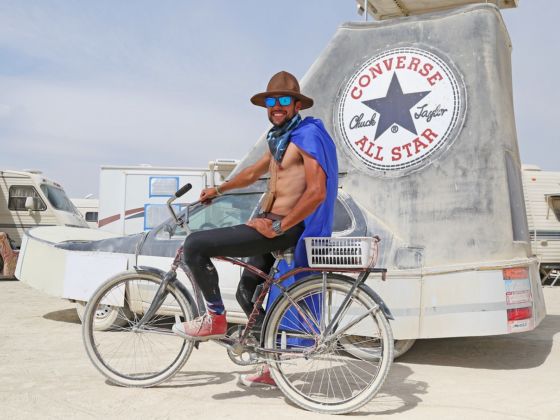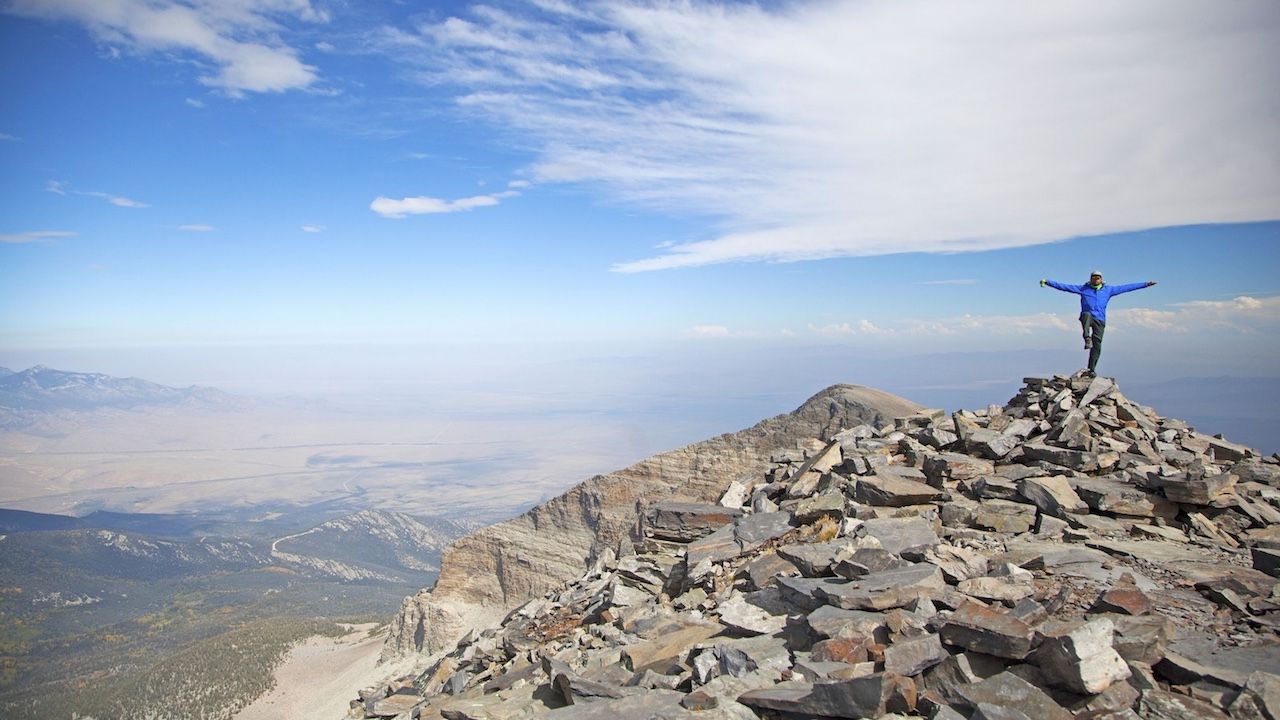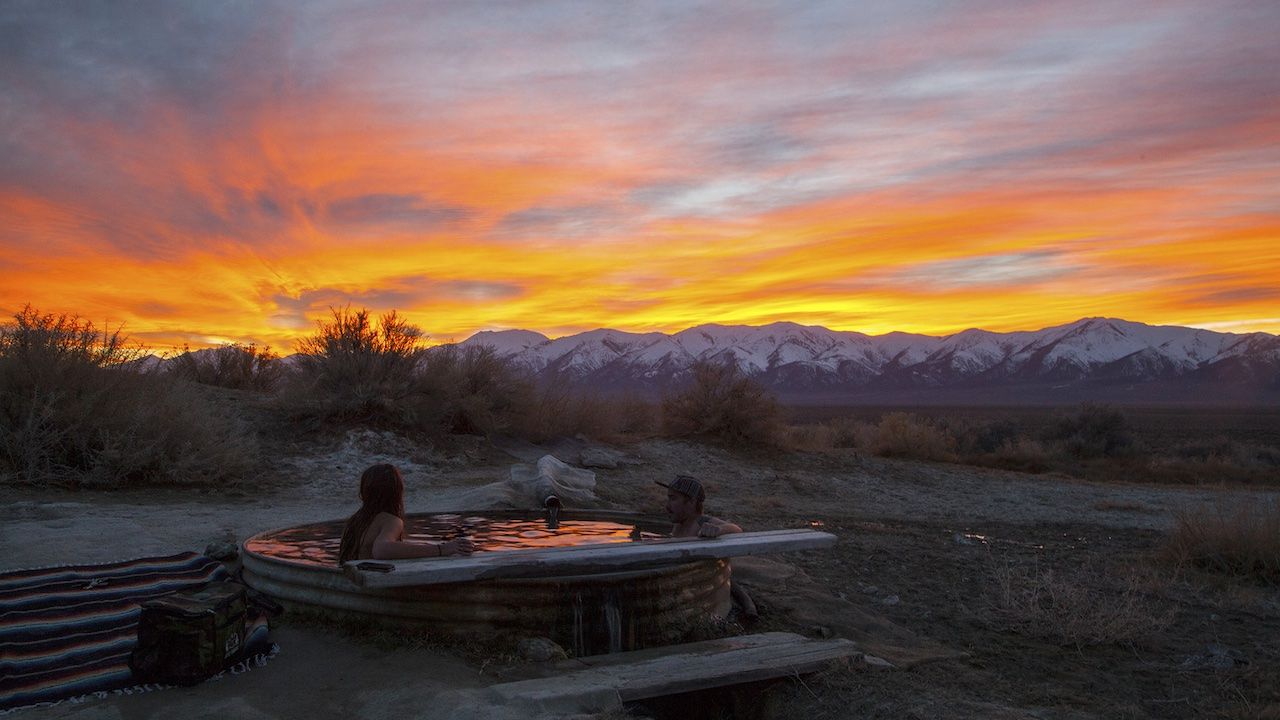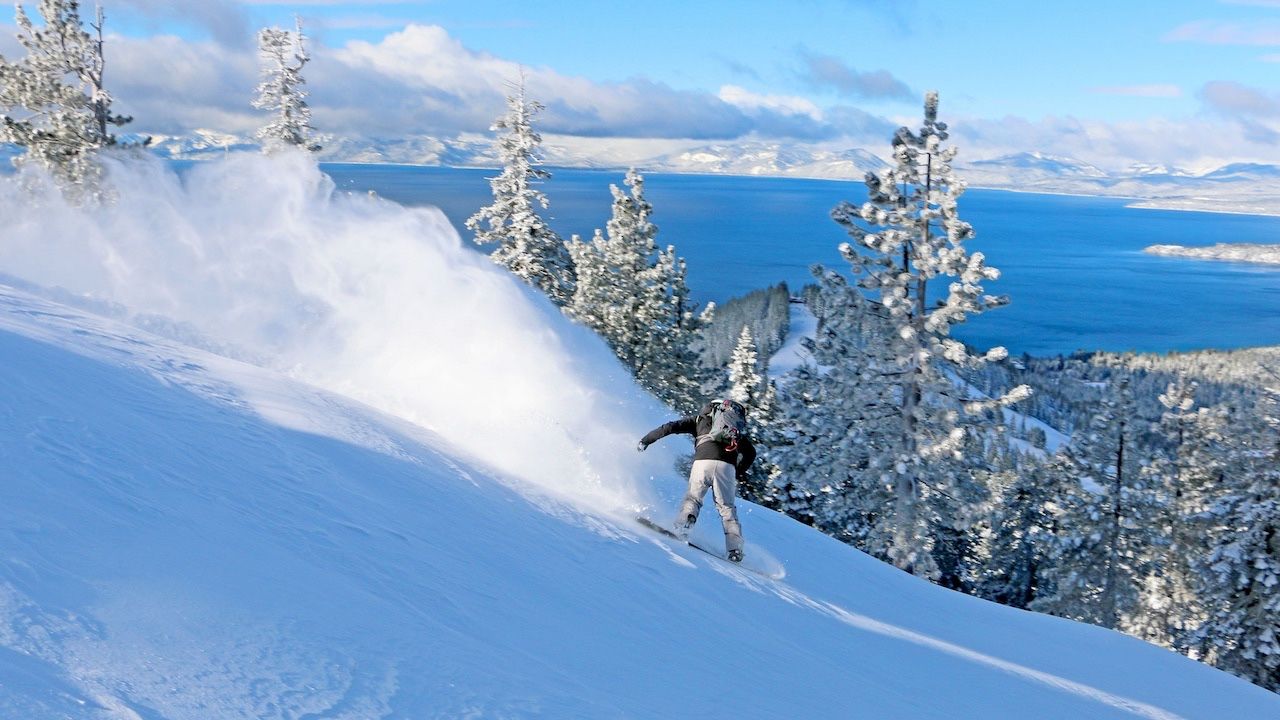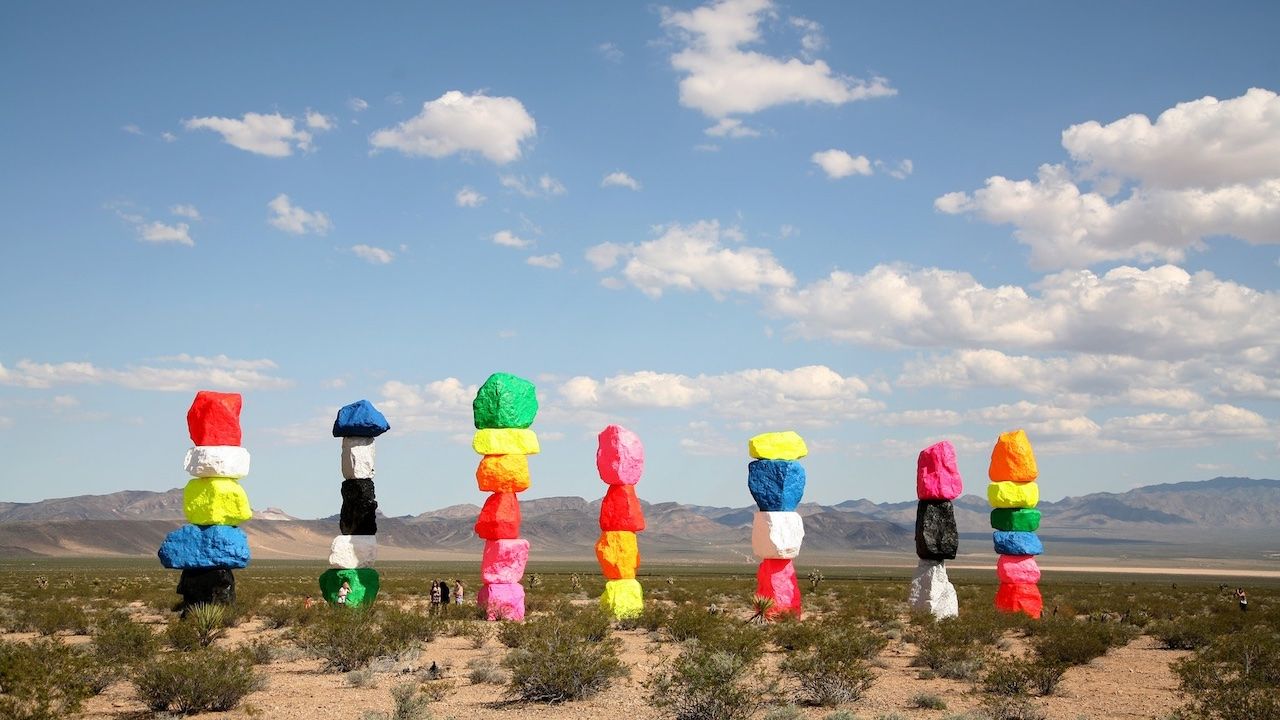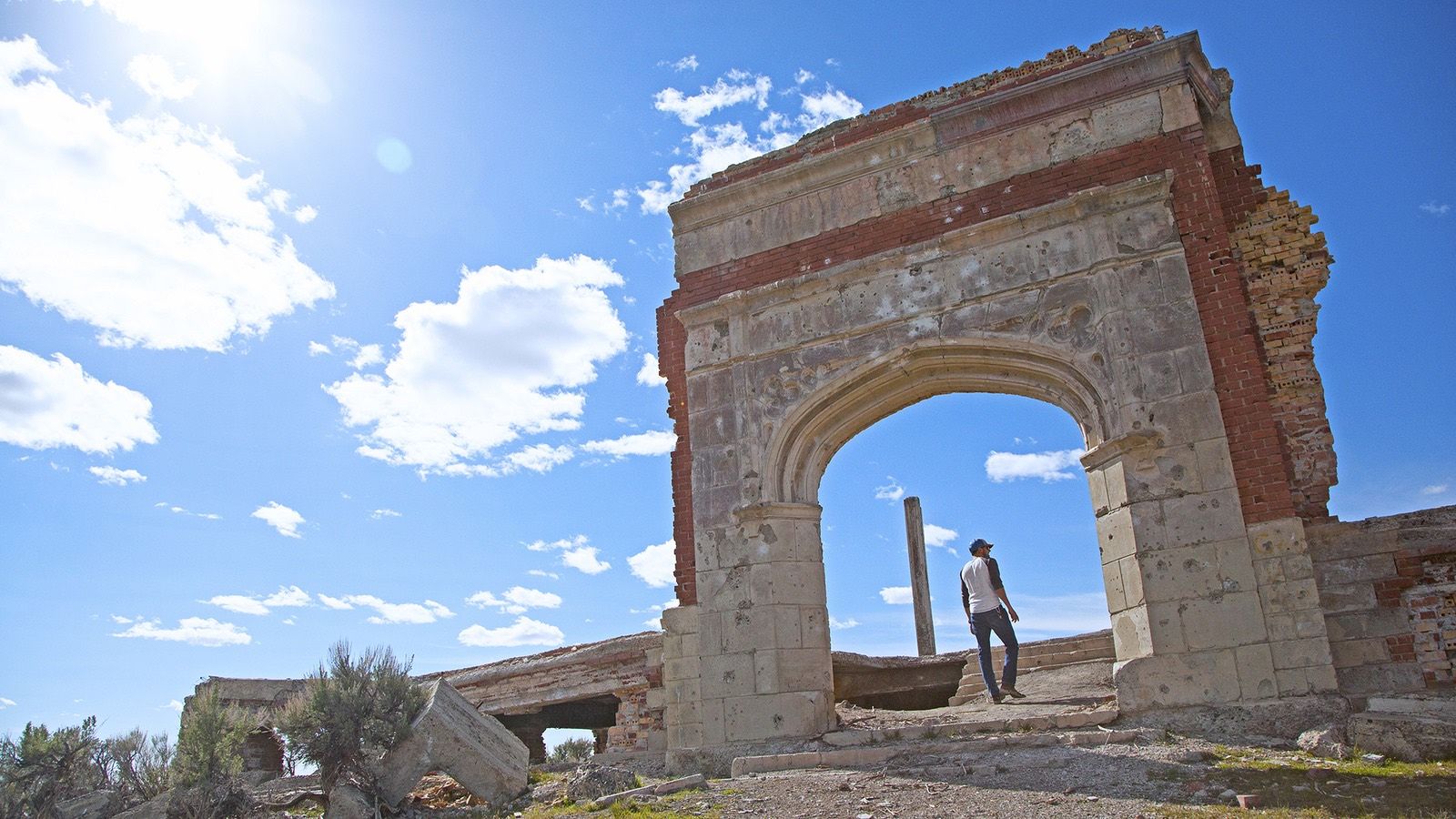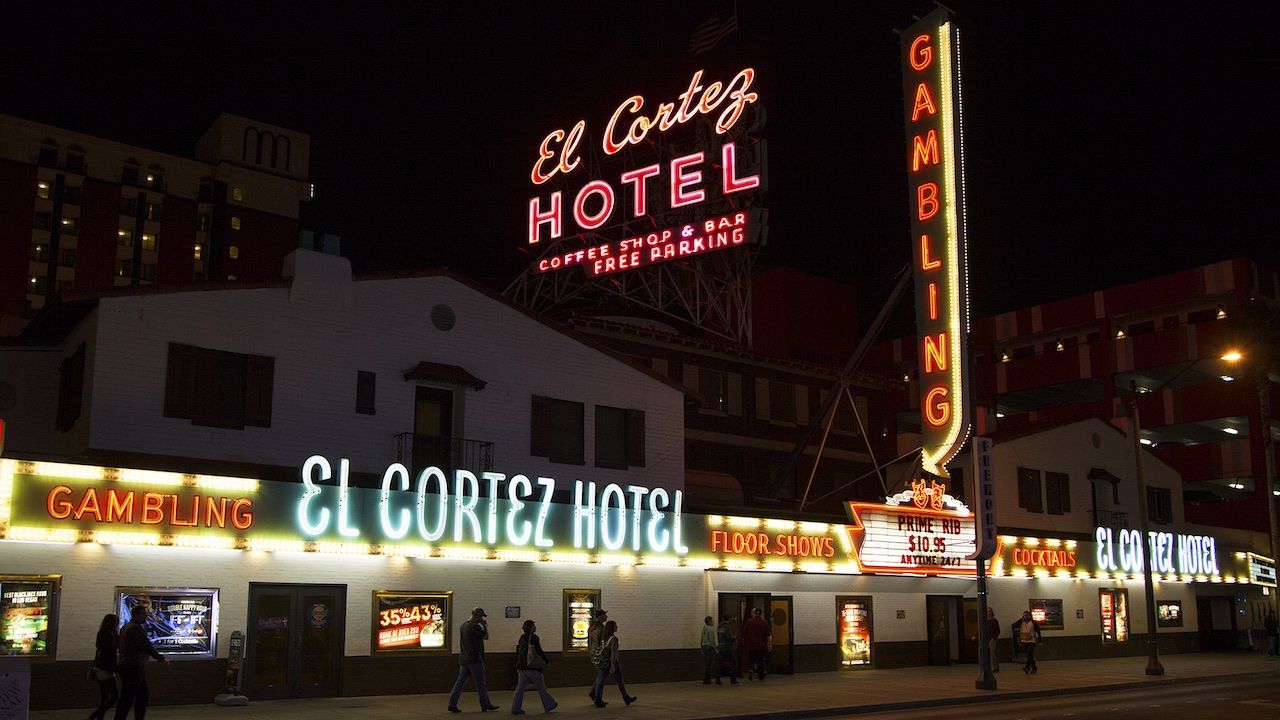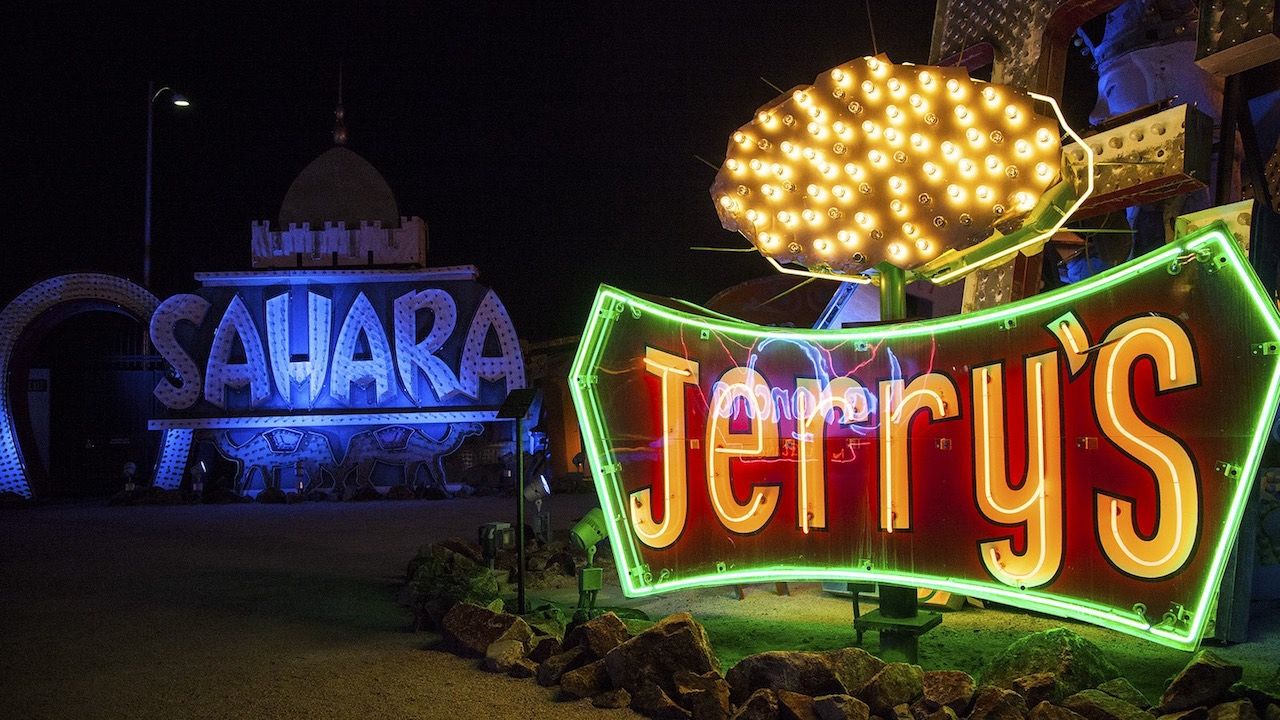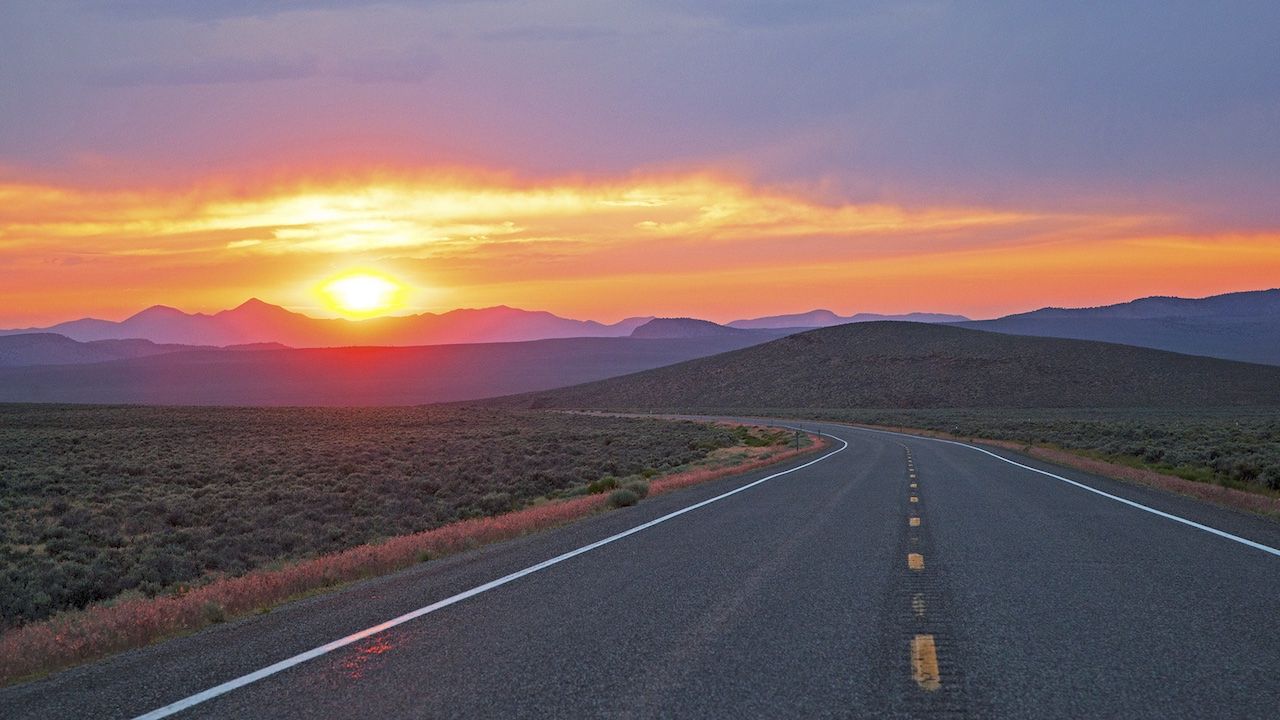A Love Letter to Nevada
By Sarah Feldberg
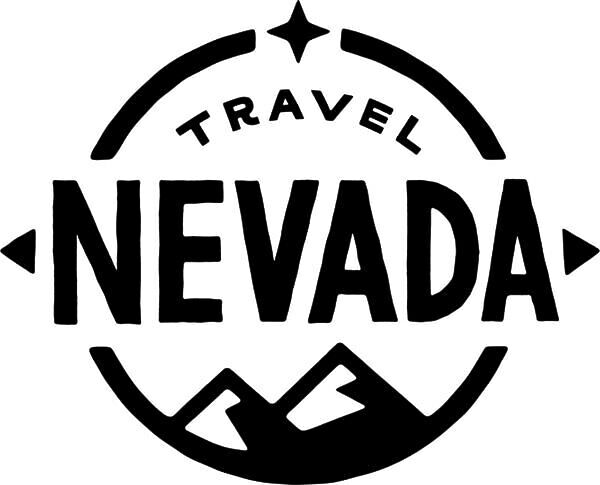
I remember the first time I saw a tumbleweed. I was just outside Las Vegas, picking up my Toyota Corolla from the back of a moving truck, all of my earthly possessions wedged inside its compact interior. A tumbleweed rolled down the shoulder of the road as I gaped at this everyday marvel. Huh, I thought. They really do tumble.
I was new in town back then and still getting my bearings, still slathering my hands in lotion and waking up parched in the middle of the night; still learning the I-15 from the 215, shortcuts around the Strip, and how to pronounce Nevada like a local, with a short “a” in the middle: Nev-AD-duh, not Nev-AHH-duh.
All I knew about the state I’d learned from magazine articles, TV shows, and bad movies. Some 110,000 square miles reduced to a tiny patch of neon swimming in the desert. Venture outside the glow and you might disappear altogether.
But Nevada is vast and vastly more beautiful, fascinating, and complex than The Hangover would have you believe. It’s a place of contrasts and contradictions, the domain of cowboys and card sharks, where fortunes have been made and wasted, legends born and sacrificed. “Welcome to Nevada,” the state-line signs should read as you barrel down the freeway from Utah or California or Arizona. “It’s complicated.”
No matter where you stand in the 36th state, you’re pretty much never more than 30 minutes from undeveloped land. When I first moved from the East Coast — where suburbs sprawl for hours — Las Vegas shocked me. Here I could see the hard edge where civilization stopped, the final line of stuccoed single-family houses before the neighborhood gave way to unfiltered earth, yellow-flowered creosote, yucca, and Joshua trees.
The federal government owns 85% of the state, and wilderness in Nevada takes many forms. It’s the wooded peaks of the Humboldt-Toiyabe National Forest, the largest national forest in the continental US; the burnt-orange slot canyons of Cathedral Gorge, just wide enough for a person to squeeze through; and the silica-specked ridges of Sand Mountain, which rise 600 feet from the ground like dusty waves, beckoning off-roaders on dirt bikes and ATVs.
In Great Basin National Park, you’ll hike past gnarled bristlecone pines that have outlasted empires and gaze into night skies so dark they burst with light. At the Tule Springs Fossil Beds, you’ll explore an ice-age graveyard, where the remains of mammoths, dire wolves, ground sloths, and giant lions are preserved in the rock.
There are snow-capped summits where helicopters drop off skiers and snowboarders; hot springs that bubble from the earth in the middle of absolutely nowhere; and sun-baked valleys where plants and animals cling to life with spikes and venom and tenacious fury. Here, suburbanites hunt scorpions by blacklight and bighorn sheep hang out on the playground.
Nevada isn’t a place for softies. It’s too rugged, too remote, too damn raw.
In 2013, researchers in northeastern Nevada dated the local rock carvings to more than 10,000 years old — the oldest known petroglyphs in North America. The intricate patterns blanketing boulders within the Pyramid Lake Paiute Indian Reservation might mark Nevada’s original ghost town, a long-abandoned outpost for people so ancient they’re mostly a mystery.
Modern Nevada is home to numerous ghost towns, communities that sprung from the dirt during the mineral boom of the late 1800s and were left to decay when the lode ran dry. In western Nevada, miners struck gold in Rhyolite in 1905, drawing 5,000 people to the town — which soon sported spiffy concrete sidewalks, police and fire departments, a public pool, and 50 saloons. But fortunes fade as quickly as they bloom, and the mines were closing by 1911 (electricity was shut off three years later). Today, Rhyolite is a relic, a curiosity where you can ogle a home built from glass bottles and wander the 15-acre art experiment nearby.
The map of Nevada is littered with these unexpected expressions of creativity. In Goldfield, artists planted the rusted-out hulks of buses and sedans to form the International Car Forest of the Last Church, a bizarre landmark that inspires pilgrimages. Outside Las Vegas, Ugo Rondinone’s neon Seven Magic Mountains are Instagram catnip, while Michael Heizer’s massive “earthworks” use the land itself as a canvas.
Where else could a psychedelic city of 70,000 spring up every year for a week and then vanish into the dust? Nevada is the perfect mix of spectacle and void, a place of showgirls and working parents and cowboy poets — with a whole lot of empty range in between.
And, of course, there is Las Vegas.
Living in the city, I fell for Las Vegas slowly. First it was the dazzle, the thumping bassline energy of the Strip, where on any given night anything you can imagine might happen. Later I fell for the strip malls, the dull facades hiding treasures, the sense of being in on a grand secret. I fell for the feeling of living inside the theme park, the ridiculousness of bumping into Elvis at the grocery store, and walking the dog past drive-thru wedding chapels. I fell for every sign immortalized in the boneyard of the Neon Museum and the steakhouses that still mix salad to order table-side and light dessert on fire.
I fell for the pull-the-car-over sunsets, the interminable sunshine, and the apocalyptic thunderstorms that hit like the end of days.
I fell for the history, the tales of Nevada’s wild and woolly past when Wyatt Earp walked boomtown streets, when the Rat Pack ruled the Strip, and when the Mob reputedly ran every worthwhile joint in town. I fell for Samuel Clemens debuting the name Mark Twain in a Virginia City newspaper, Clark Gable passing three tortuous days in the Pioneer Saloon, and Howard Hughes buying the Desert Inn casino because he didn’t want to vacate the penthouse, or so the stories go.
I fell for the fierce pride of Las Vegans, who face down ridicule with passion, and of all Nevadans, who sing “Home Means Nevada” at the top of their lungs when The Killers come to town.
I fell for Nevada not in spite of its contradictions but because of them. Because this state is still untamed, unknowable, and gloriously rough around the edges. Because it’s a place where tumbleweeds really tumble, where roadrunners sprint and dealers deal cards, and all the clichés are just a tiny glimpse of the gorgeous complexity down below.
I love Nevada because there’s still so much to learn — and no matter how long I’m here, there always will be.

